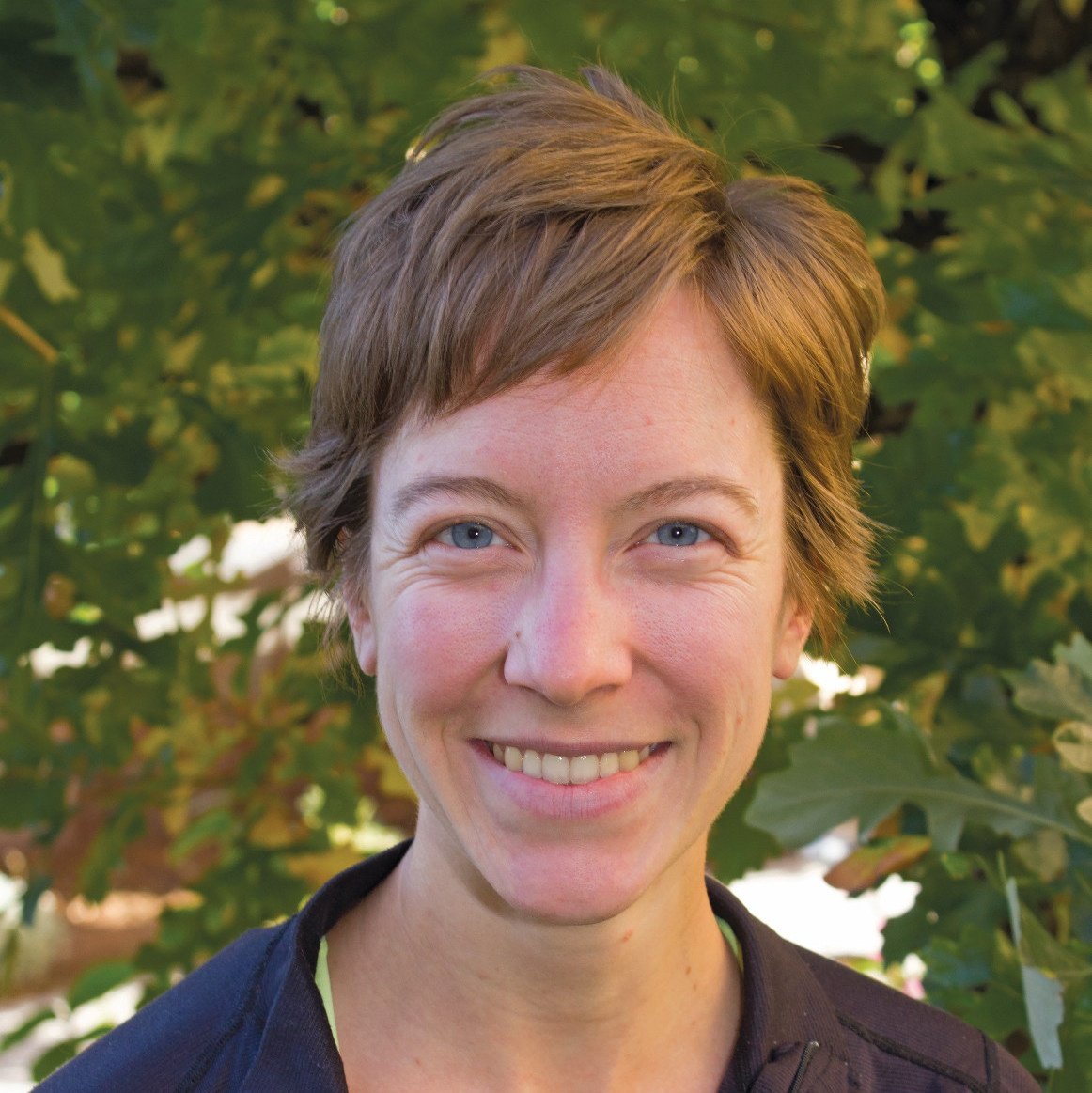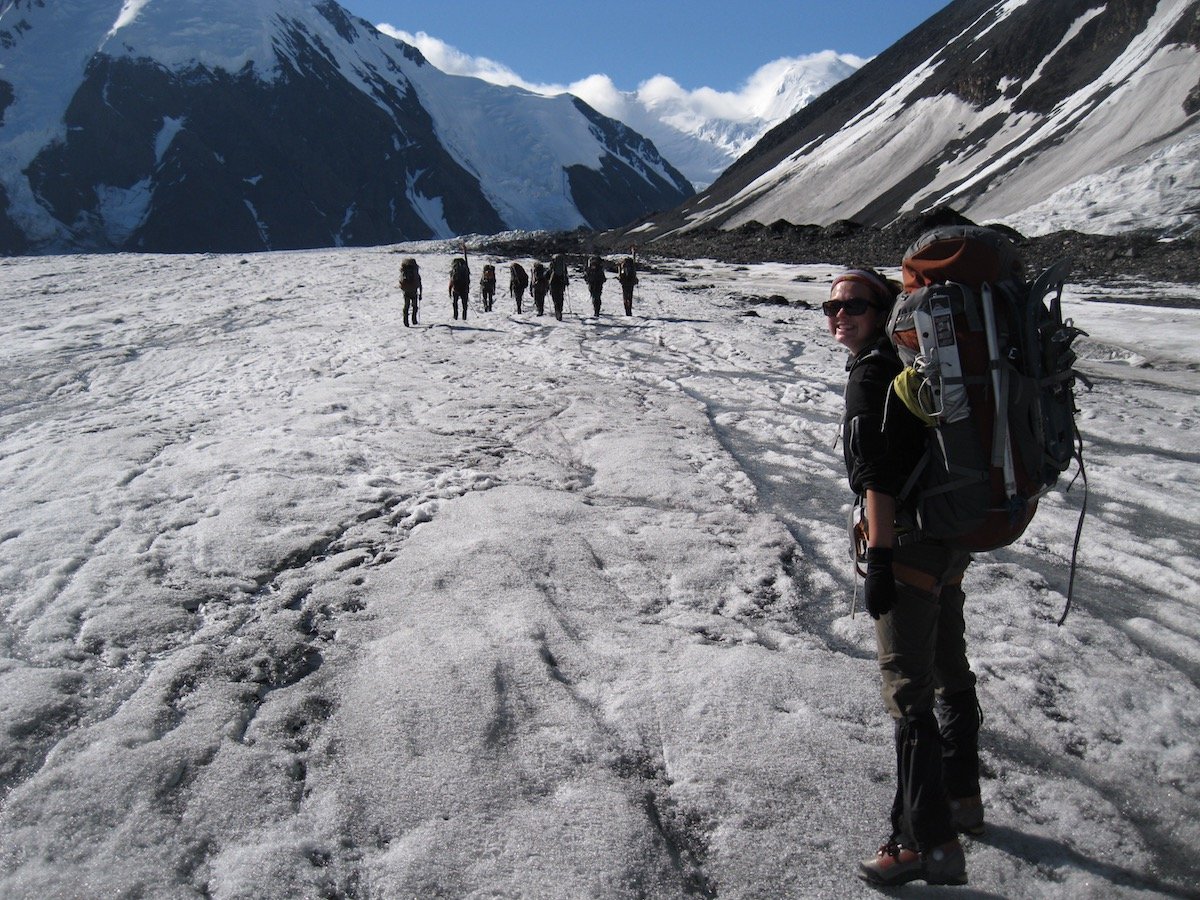Editor's note: Pete Ripmaster is an ultrarunner, motivational speaker, parent, and graduate of a 1997 NOLS Alaska Mountaineering course. In 2018, he won the Iditarod Trail Invitational, a 1,000-mile footrace from Anchorage to Nome, Alaska. In this interview, he shares how building self-reliance and competence necessary to competing in this arduous race began with his NOLS expedition.
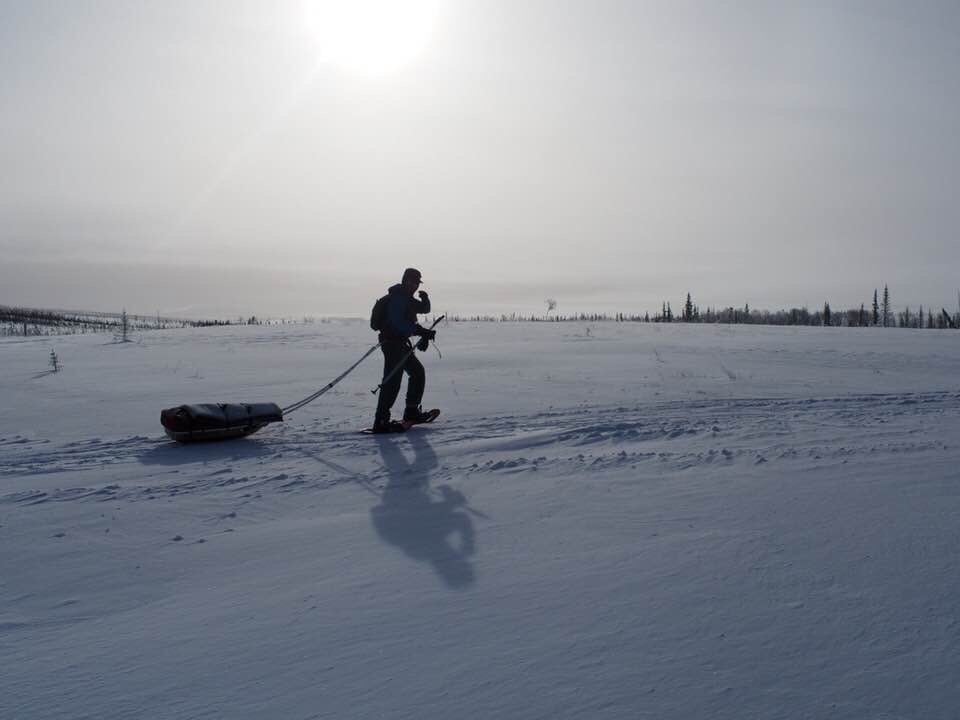
What were you feeling and thinking when you arrived in Alaska for the start of your NOLS course?
I remember being blown away by the scale, just the sheer wildness of the area. I’d had a pretty suburban, affluent upbringing, and Alaska was absolutely what my heart was longing for.
Getting there was a perfect storm of influences and opportunities to make my own path. I was around 19 years old, and I was used to having things my way. I was big and tough and aggressive and my ego was strong, even though I had no idea what I was getting into. Looking back, I would’ve been rolling my eyes at myself if I’d been an instructor. And despite my ego at the time, I saw the expedition as a way to find out who I was—and the instructors humbled me pretty well. They weren’t having any of that entitled attitude.
What experiences from the course have stuck with you?
It was foundational for a lifetime. I wouldn't be able to put myself through the things I have in my adult life without the teachings of NOLS. I watched the instructors bring our group through the mountains, as well as give us space to learn and not be told what to do. Once I understood that you could go to wild places and pick your way through them safely, that resonated with me and opened new doors.
One of the highlights of the NOLS expedition was my group’s attempt to climb Mount Marcus Baker in the Chugach Range. I was feeling athletic and had a goal of finishing the peak, but we stopped short of the summit because of weather. As a team, we could have made the argument to continue or retreat either way, but the instructors decided to turn around. It was in some regards a failure. More than that, it was one of these moments where you realize the excitement and love and passion didn’t come from standing on top of the mountain as much as the process to get there, be safe, and thrive in the elements.
I saw this later with NOLS Wilderness Medicine courses, too. To me, the preparing and educating yourself on what could happen are so important. It taught me how to be able to be authentic about your capabilities, and willing to go into some places where you realize no one’s coming right behind you. When you know that the stakes are high, the planning and analytical side are imperative.
When were you surprised on your course?
At the end of the course, it came time for grades, and my cooking grade was either a C or D. I came up to my instructors and asked, “What the hell? I cooked and did everything!” And my instructor told me, “Pete, making the most basic meal in the world is not the same as cooking.” I had tried to do it the easiest possible way, and my instructors called me out on it! I learned so much from that. Now, I’m always the one pulling the extra weight, almost to make up for that time, which I have to say is kind of embarrassing, and also part of learning.
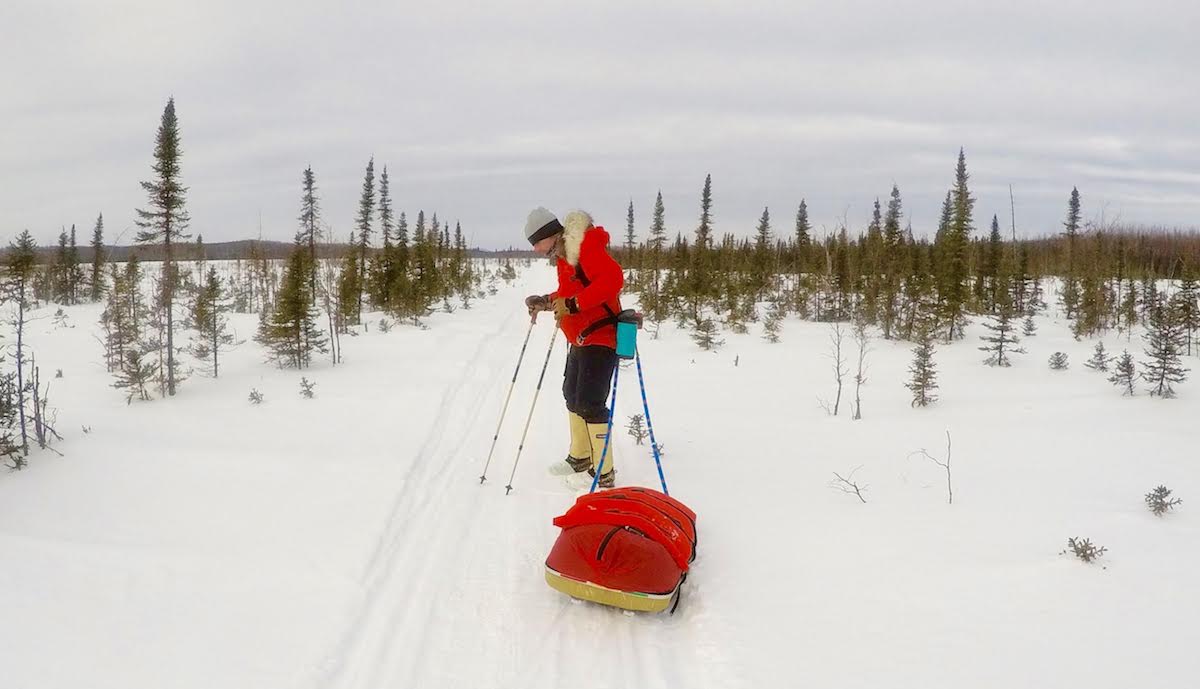
When did you next come to Alaska?
After my course, I was a changed person, and a lot of that came from feeling so small in Alaska. That’s why I’ve been going back. There’s nothing like that feeling of being there, and you’re just a speck. Sitting next to a river and quieting yourself, you’re just a speck in the ecosystem, and I love that feeling.
Around 2002, I moved to Alaska for a couple years and was mushing in the winter and for the Iditarod Champs. After I lost my mom to cancer, Alaska represented everything to me—truth and getting back to who I was as a person. Alaska can make me feel connected.
How did these experiences lead into ultrarunning?
There were a few factors. Before losing my mom, I promised her I’d do something to fundraise for cancer research. One day, while I was driving in the car with my wife, I told her, “Drop me off, I’m going to run my first marathon today.”
I’d never had a training run, and I went 26.2 miles that day. Everything came together with running after that. I was able to run marathons to help fundraise for cancer research. Running is a way for me to feel athletic and engage the mind, the journey inward. For me, it was almost therapeutic, and very natural.
Tell us more about your experience with the Iditarod. This is a 1,000-mile race, run in the winter and on foot, and you ran it 4 times before finishing first on your 5th race.
When I look back on all these skills I’d spent years working on, I had no idea I was going to work toward this masterpiece of a race, where I’d blend those skills for 1,000 miles in the winter with a sled. But now, I look back and I see it was all part of it together, from NOLS and probably before, but NOLS was the conduit, the peephole.
Marathon running eventually led me into bigger, longer races. I found my niche in races that were remote, where there weren’t people cheering me on. I was accustomed to not sleeping much and asking a lot from my body—and you need that for a race like the Iditarod. I knew what I had to give and had been growing my skill set for close to 20 years. Adventure racing became part of my quest for knowledge and efficiency in the outdoors.
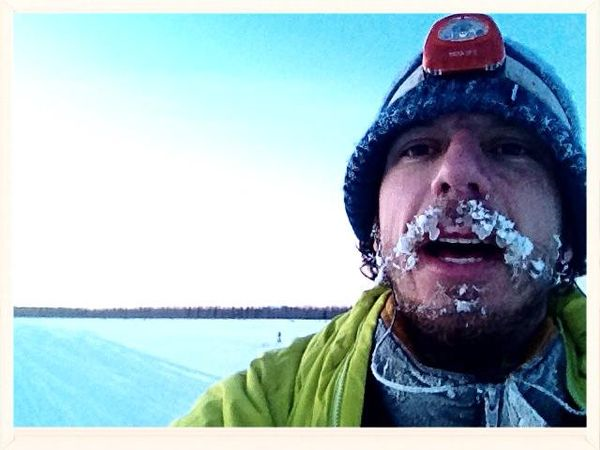
People run for all kinds of reasons. Why do you run? Is it “just running”?
Winning the Iditarod championship is cool, but you can take all that away and I would still love it. I’ve dealt with depression most of my life, and I’ve found running to be the most basic, healthy antidepressant for me. It represents freedom to me. The woods are there and I can breathe. My wife and kids would tell you that if I didn’t have those opportunities, I wouldn’t be happy, and I’m so thankful for that.
What do you say when people ask you for advice on what equipment to bring?
Gear needs to serve a purpose, and it’s easy to overanalyze. I usually remind folks that you don’t need to bring everything for every “what if.” Something may happen that’s beyond your realm of experience, but to me that’s adventure, and for everyone that’s different. That’s part of having the self-reliance and judgment to decide what outdoor experience you’re able to responsibly take on.
I think back to being at the Farm in Alaska before my NOLS course—we weighed our food and decided what to take or leave behind. It was a crash course in how to embrace wilderness and enjoy it. Knowing you have the means to take care of yourself in the outdoors—it doesn’t get any better.
How do you connect your outdoor adventures with your wife and two girls?
Because I got really burned out on athletics when I was younger, my wife, who’s also a big runner, and I are really trying to let our girls pick their own paths. They like the outdoors, but they’re like most kids—they aren’t like “Yay!” on a hike, but when we finish they’re talking about the things they saw, and how great it was, and I just chuckle to myself.
As for Alaska, it’s a sacred place that I haven’t been able to share with my family yet. I can’t wait to bring my family up there, but I want them to be a little older and more capable for some of the adventure stuff I’d like to do with them. The way I’d like us to experience it means the trip will be be a little tough; I won’t sugar coat it.
How do you manage to connect your adventure goals, which for most people is an unattainable adventure, with listeners’ day-to-day lives when you’re speaking at events?
During the question-and-answer section of one of my first talks, someone asked how I make something big like a marathon manageable. I said, “Let’s take a 26.2 mile race—I’m a numbers person. I think of it as nine 5-kilometer races, not one 26.2 mile race. At the starting line I’m not thinking about the finish line, I’m thinking about the first three miles of the race. Nothing else. And I’ll count them on my hand as I go through the race. Next thing I know, I’ve done five 5-kilometer sections, and only have four left. Can I do that? Hell yeah I can do that!”
The business person next to me said “Right now, there is no difference in what I’d want the people who work for me to do than what he just said.”
Which parts of NOLS’ mission have you felt resonate most with you over time?
I really resonate with the LNT ethics of NOLS; pack it in, pack it out. That has been foundational for me. It just feels respectful, to think of the next person coming down the road. There are ethics involved in outdoor wilderness—when no one’s looking, what are you doing? Are you taking care of your stuff? We need people like that, who respect the outdoors to be shared, to nerd out about Leave No Trace—you don’t have to be Joe Cool out there.
What’s coming next for you?
I’m an outdoorsman more than an ultrarunner, so it’s never only been about races for me. I’d like to start bikepacking, even though I’ve never been a biker—it’s a self-powered mode of travel that doesn’t beat you up as much as running. I’m excited to learn something new and take a break from the hardcore ultrarunning scene. There’s also something deep that intrigues me about the South Pole. I’ve been all over the U.S., but never put together an overseas trip. We’ll see what the future holds!
Editor's note: Read the print version of this interview in the Summer 2019 edition of The Leader.
Written By
Molly Herber
Molly is a NOLS instructor and writer. She loves the smell of her backpack and does her best writing before 7:00 am. When she's not scouting the next post for the NOLS Blog, she's running and climbing on rocks in Wyoming. Follow her on Instagram @mgherber


